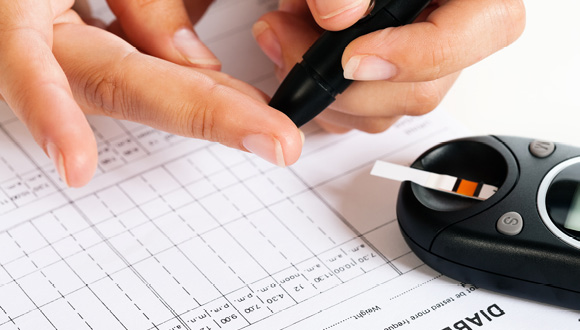Prediabetes is a silent condition that can take a toll on your body — even if you feel normal and healthy. According to the Centers for Disease Control and Prevention (CDC), about 84 million Americans have prediabetes, and 90% of them don’t know it.
Dr. Sudha Nagaraj, internist at Houston Methodist, says that while prediabetes is a common condition, it tends to be a wake-up call for most people once it has been diagnosed.
Having prediabetes increases your risk of developing type 2 diabetes, heart disease and stroke, but it’s important to know that you still have the power to change course.
Start by determining your risk for prediabetes
Prediabetes is the stage when your blood sugar levels are higher than normal, but not high enough to be considered diabetes.
The condition develops when your body has trouble using insulin. Insulin transports glucose — what your body uses for energy — into the cells via your bloodstream. With prediabetes, your body either doesn’t make enough insulin or it doesn’t use it correctly.
There are no clear symptoms of prediabetes, but risk factors include:
1. Being overweight: If you have a body mass index (BMI) higher than 25, you’re considered overweight. If you carry extra weight in your abdomen, you may develop prediabetes. The extra fat cells can cause your body to become more insulin-resistant.
2. Being 45 years of age or older: Your risk of prediabetes increases at age 45; after age 65, your risk increases even more.
3. Family history: Having a parent, brother or sister with type 2 diabetes increases your risk of developing the disease yourself.
4. Lack of exercise: Being physically active less than three times a week puts you at greater risk for diabetes.
5. Medical history: Gestational diabetes (diabetes during pregnancy), giving birth to a baby who weighed more than 9 pounds or having polycystic ovary syndrome all increase a woman’s risk of developing diabetes.
In addition, African Americans, Hispanic/Latino Americans, American Indians, Pacific Islanders and some Asian Americans are at higher risk for developing prediabetes, Dr. Nagaraj said.
How to keep prediabetes from developing into type 2 diabetes
Prediabetes can be diagnosed with a simple blood sugar test.
Dr. Nagaraj says it’s important to confirm blood sugar levels before making a prediabetes diagnosis, and the A1C test helps with that diagnosis. The test shows your average blood sugar level for the past two to three months. The test measures what percentage of your red blood cells have sugar-coated hemoglobin. High A1C levels are connected to diabetes complications.
If you learn you have the condition, treatment is first focused on lifestyle changes before trying medication.
You can lower your risk of developing type 2 diabetes by losing weight and getting regular physical activity. According to the CDC, losing 5% to 7% of your body weight can be helpful. The recommended about of exercise is 30 minutes a day, five days a week. (Related: What Is the Best Weight Loss Program?)
“Prediabetes can be treated and reversed if you take steps now to protect your health,” Dr. Nagaraj says. “Many people with prediabetes will develop type 2 diabetes within five years if they don’t make healthy lifestyle changes, such as losing weight and becoming more physically active.”


